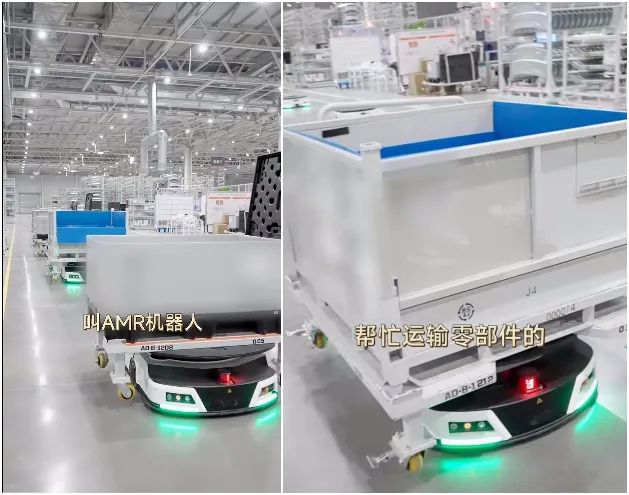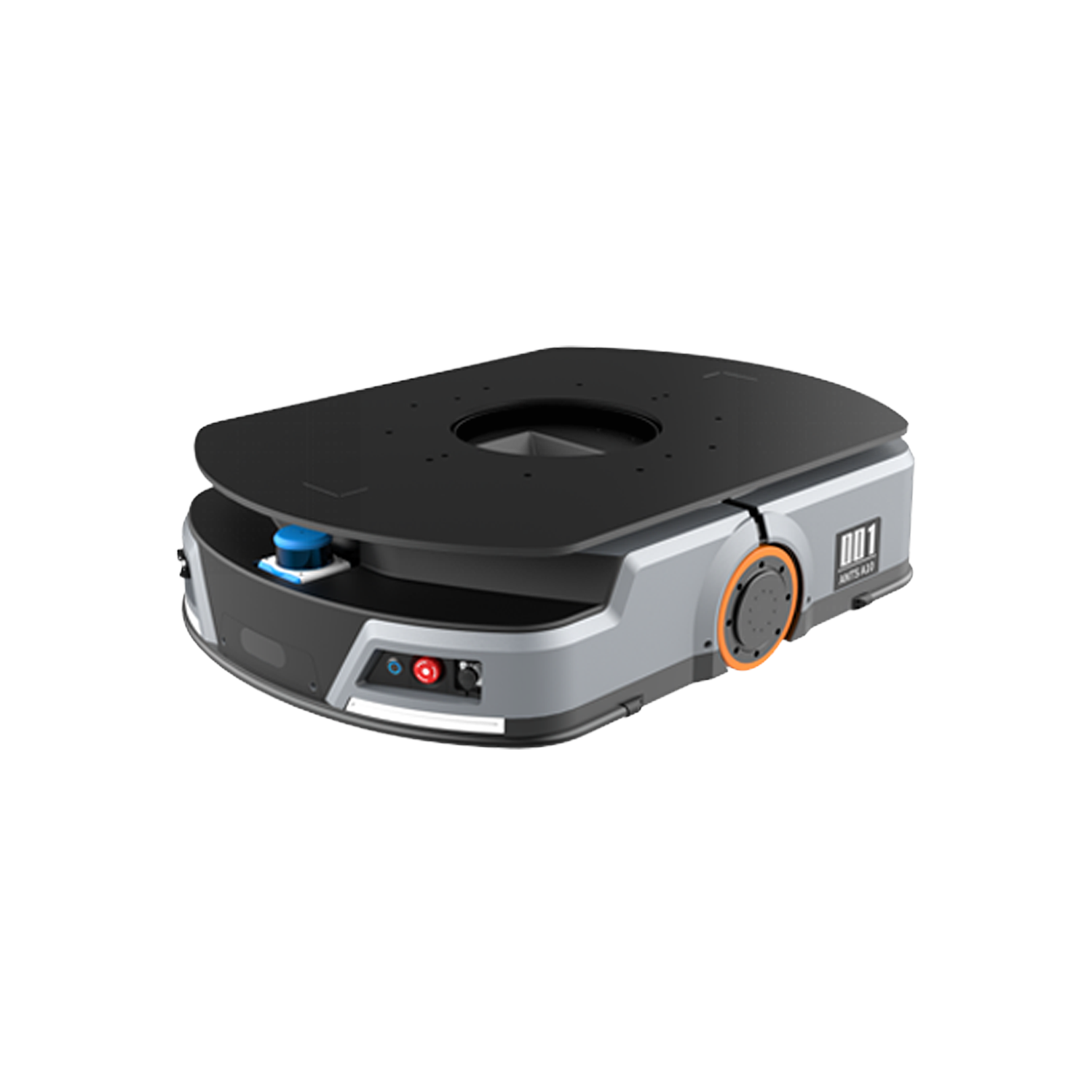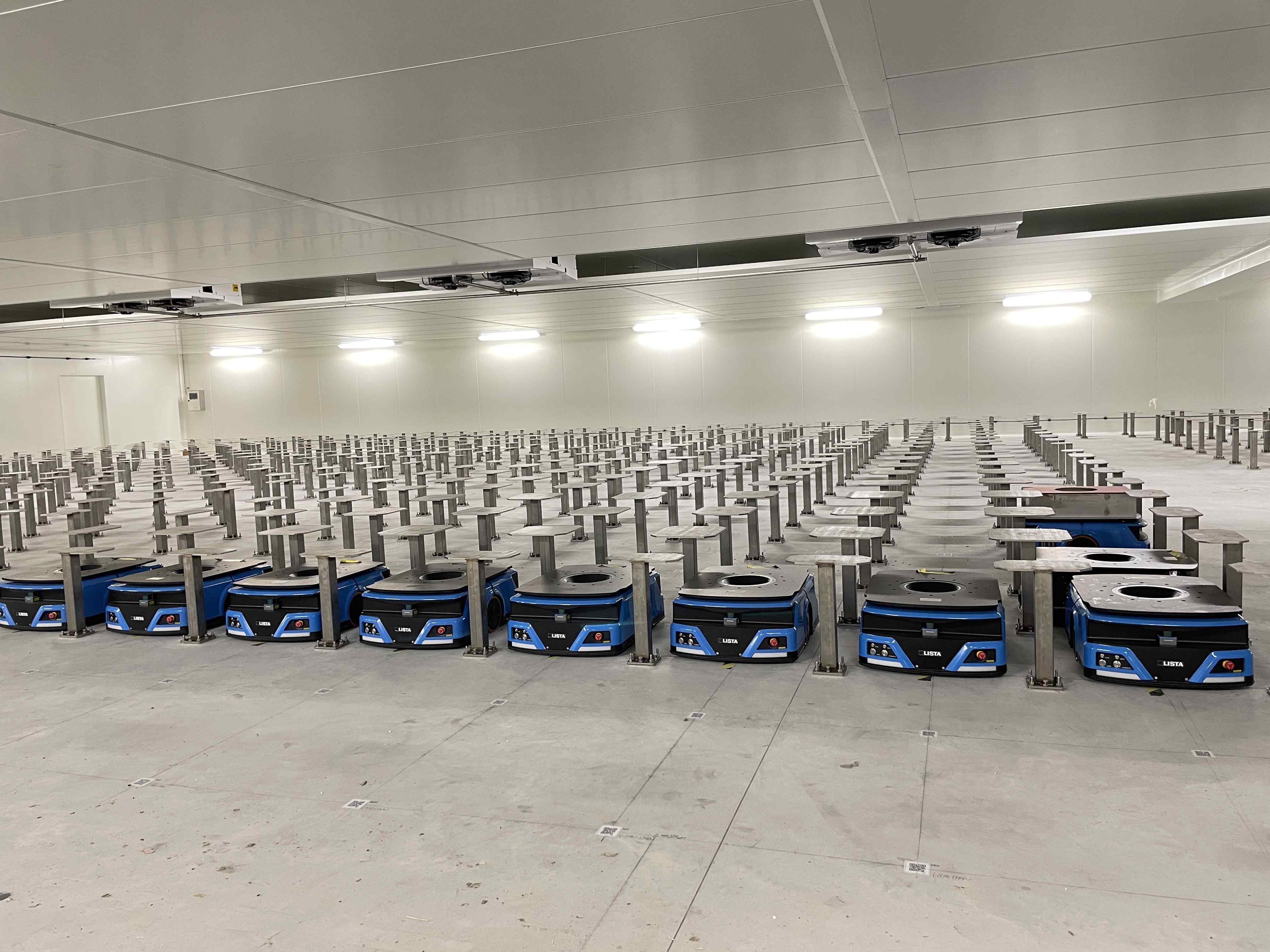In recent years, the field of robotics has witnessed significant advancements, with researchers and engineers constantly pushing the boundaries of what is possible. One area that has garnered considerable attention is the design and development of ant robots. Inspired by the intricate behaviors and remarkable adaptability of ants, these robots hold immense potential for a wide range of applications. This article aims to delve into the fascinating world of ant robot design, exploring its key features, challenges, and promising applications.
1. Understanding the Inspiration: Ants and Their Unique Abilities
Before diving into the design aspects of ant robots, it is crucial to understand the inspiration behind them – ants. Ants are known for their remarkable feats of strength, coordination, and adaptability. They can carry loads up to 50 times their own weight, work collaboratively to build complex structures, and navigate through challenging terrains. These abilities make ants excellent models for developing versatile and efficient robots.
2. Key Design Considerations for Ant Robots
Designing ant robots requires careful consideration of various factors to ensure their effectiveness and functionality. Some of the essential design aspects include:
a. Morphology: Ant robots should possess a suitable body structure that allows them to perform tasks similar to real ants. This includes the ability to carry heavy loads, climb walls, and navigate through narrow spaces.
b. Actuation: Actuators are responsible for enabling movement in robots. Designers must select appropriate actuators, such as muscles, servos, or shape-memory alloys, to replicate the complex movements of ants.
c. Sensing and Perception: Ant robots need to be equipped with sensors to perceive their environment, enabling them to navigate and interact with their surroundings. These sensors can include cameras, touch sensors, and chemical detectors, among others.
d. Communication: Effective communication is crucial for collaboration among ant robots. Designers must incorporate communication mechanisms that allow robots to share information and coordinate their actions.
3. Overcoming Design Challenges
Designing ant robots presents several challenges that researchers must overcome to create functional and efficient systems. Some of these challenges include:
a. Miniaturization: Ant robots should be compact and lightweight to mimic the size and agility of real ants. This requires the development of miniaturized components and innovative manufacturing techniques.
b. Energy Efficiency: ants can travel long distances without tiring, which is a desirable trait for robots. Designers must focus on energy-efficient mechanisms and power sources to prolong the operational duration of ant robots.
c. Autonomy: Ant robots should be capable of operating independently without constant human intervention. Achieving autonomy requires sophisticated algorithms for decision-making, path planning, and obstacle avoidance.
4. Promising Applications of Ant Robots
The unique capabilities of ant robots make them suitable for a wide range of applications, including:
a. Search and Rescue: Ant robots can be deployed in disaster-stricken areas to search for survivors, access narrow spaces, and transport supplies.
b. Environmental Monitoring: Equipped with sensors, ant robots can collect data on environmental conditions, such as temperature, humidity, and pollution levels, to aid in scientific research and conservation efforts.
c. Industrial Automation: Ant robots can be utilized in manufacturing and logistics sectors for tasks like sorting, assembly, and transportation, enhancing efficiency and reducing human labor.
d. Medical Applications: Miniature ant robots can be used for targeted drug delivery, minimally invasive surgery, and diagnostic purposes, offering precise and non-invasive solutions.
The design and development of ant robots represent a significant milestone in the field of robotics. By drawing inspiration from the remarkable abilities of ants, researchers are creating versatile and efficient robots capable of tackling complex tasks across various domains. As technology continues to advance, we can expect ant robots to play an increasingly crucial role in shaping the future of automation, exploration, and scientific discovery.








